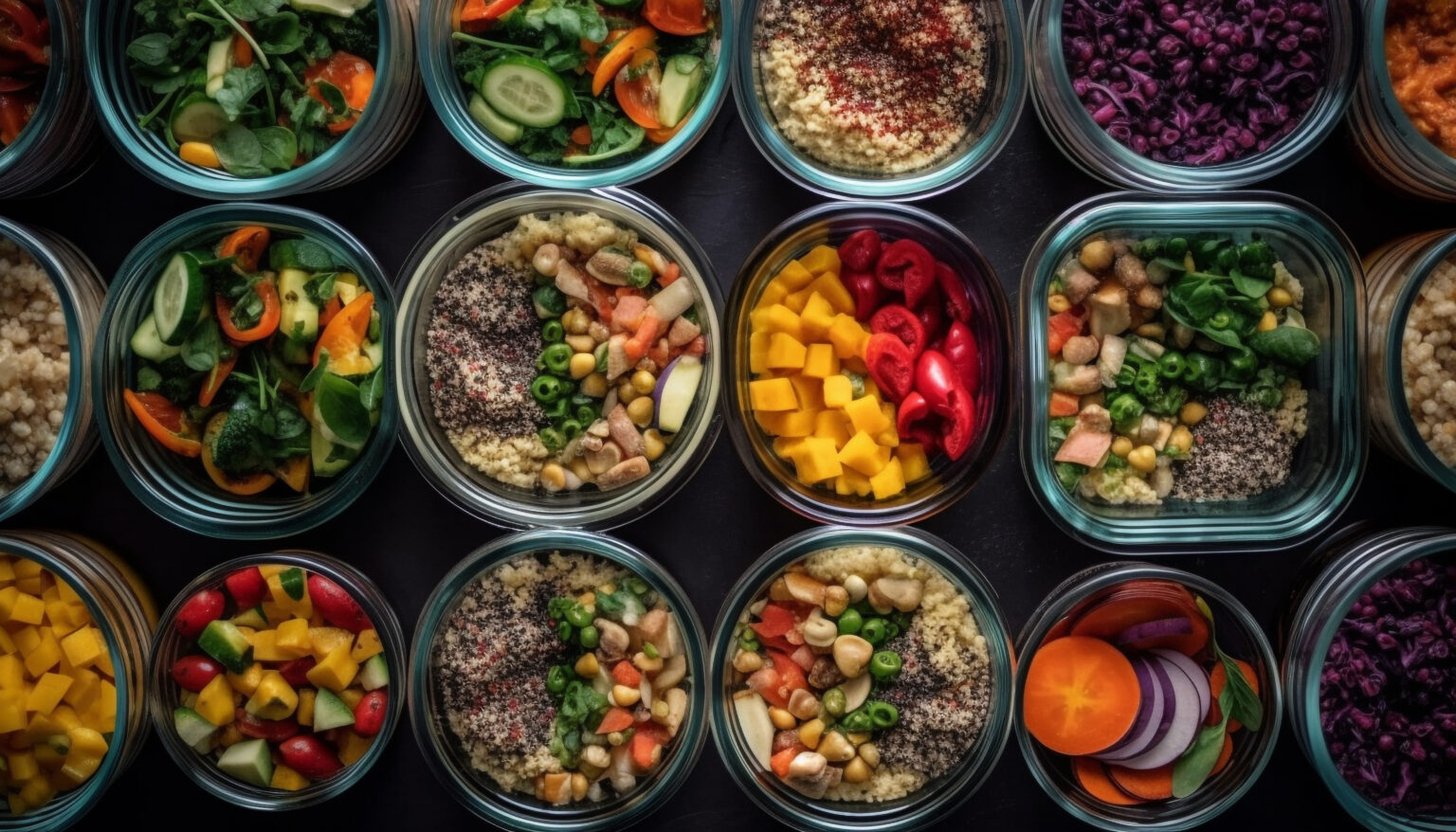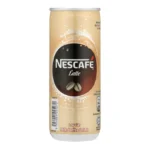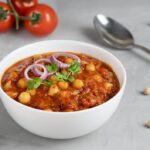Maintaining a healthy weight and balanced lifestyle is a goal shared by many individuals. The Volumetrics diet is an approach that emphasises portion control and mindful eating to help individuals achieve sustainable weight loss and improved overall health. By understanding the principles of portion control and embracing mindful eating, the Volumetrics diet offers a practical and flexible strategy to achieve and maintain a healthy weight.
Understanding the Volumetrics Diet
The Volumetrics diet was developed by Dr. Barbara Rolls, a nutrition researcher at Pennsylvania State University. Unlike fad diets that promote severe calorie restrictions or eliminate entire food groups, the Volumetrics diet focuses on the energy density of foods, which is the number of calories per unit of volume. The diet encourages individuals to consume foods that are lower in energy density while prioritising satiety and overall satisfaction.
Principle #1: Portion Control
Portion control is a fundamental aspect of the Volumetrics diet. It involves understanding and managing the amount of food we consume. Rather than counting calories or rigidly restricting certain foods, the focus is on balancing the volume and energy density of meals.
High-energy-dense foods, such as fried snacks, sugary treats, and processed foods, tend to be calorie-dense without providing much volume. On the other hand, low-energy-dense foods, including fruits, vegetables, whole grains, and lean proteins, have fewer calories per volume, making them more filling and satisfying.
By choosing larger portions of low-energy-dense foods and smaller portions of high-energy-dense foods, individuals can control their calorie intake while still enjoying a satisfying meal. For example, a large salad filled with leafy greens, colourful vegetables, and lean protein can provide a substantial volume of food without an excessive calorie load.
Principle #2: Mindful Eating
Mindful eating is an essential component of the Volumetrics diet. It involves paying attention to the eating experience, focusing on the taste, texture, and enjoyment of food, and being aware of hunger and fullness cues.
Practising mindfulness while eating allows individuals to savour their meals, slow down the pace of eating, and recognise when they are comfortably full. This helps prevent overeating and promotes a healthier relationship with food.
To eat mindfully, it is beneficial to minimise distractions such as television, smartphones, or other electronic devices during meals. By devoting full attention to the eating process, individuals can better listen to their body’s signals and make conscious choices about when to start and stop eating.
Principle #3: Choosing Low-Energy-Dense Foods
The Volumetrics diet encourages the consumption of foods that have a lower energy density, as they contribute to a greater sense of fullness while providing essential nutrients. These foods typically have high water and fibre content, which add bulk without adding excessive calories.
Incorporate a variety of fruits, vegetables, whole grains, legumes, and lean proteins into your meals. These options are not only nutrient-rich but also promote satiety, helping you feel satisfied and reducing the likelihood of overeating.
While higher-energy-dense foods can still be enjoyed in moderation, the Volumetrics diet advises being mindful of portion sizes to avoid excessive calorie intake. By understanding the energy density of different foods, individuals can make informed choices and create meals that strike a balance between enjoyment and nourishment.
The Volumetrics diet offers a practical and sustainable approach to weight management and overall health by emphasising portion control and mindful eating. By prioritizing low-energy-dense foods, practising portion control, and cultivating mindful eating habits, individuals can achieve a healthy weight, feel satisfied with their meals, and develop a positive relationship with food.
Remember, the Volumetrics diet is not a quick-fix solution but rather a lifestyle change that promotes long-term well-being. By adopting these principles, you can nourish your body with wholesome foods, feel satisfied with your meals, and embark on a journey towards a healthier, more balanced life.








